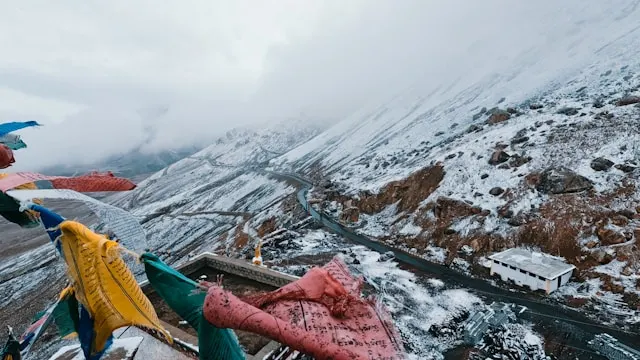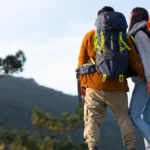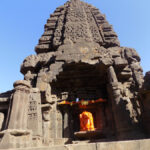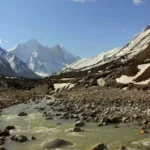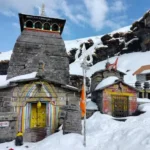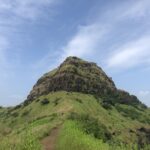The Spiti Valley Trek is India’s most beautiful, high-altitude trek, leading you through barren desert mountains, centuries-old Buddhist monasteries, ancient villages, and stunning vistas. If you’re an individual looking for soul-stirring solitude, cross-cultural immersion, and Himalayan splendor, this trekking adventure is best for you.
We’ll guide you through all you need to know—routes, prices, how to get there, the best time to visit, and what you should know prior to taking on the Spiti Valley Trek.
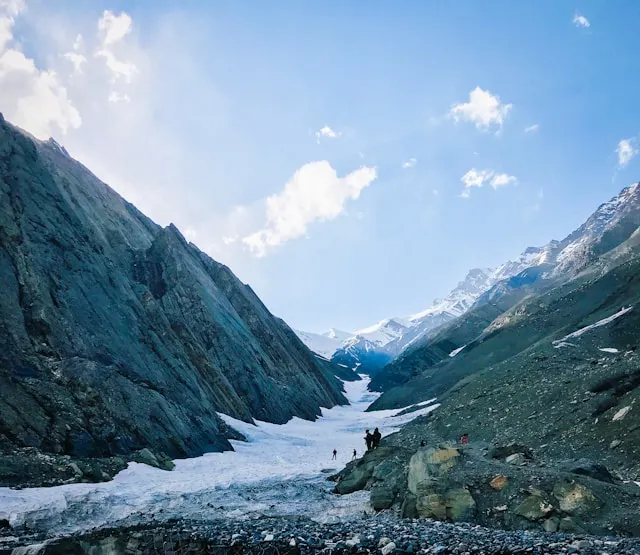
What to Know Before You Go for Spiti Valley Trek
Before getting into the nitty-gritty, here are essential facts you need to be aware of before organizing your trek:
1. Altitude Awareness
Spiti is situated at a very high altitude (12,500 feet on average), and trekkers tend to fall ill at higher altitudes unless acclimatized properly. Stay a minimum of 24-48 hours in Kaza before your trek and allow your body to adjust accordingly.
2. Connectivity is Limited
The network is not available in most areas on the trek. Kaza gets limited connectivity and BSNL connectivity in select villages. Intimate family/friends ahead and be off the grid.
3. Trek Difficulty
Though scenic, the Spiti Valley Trek is not a cakewalk. The thin air, bumpy roads, and distance make it moderate to challenging. Beginners can begin with shorter routes such as Langza–Hikkim–Komic, while experienced trekkers can opt for Pin Parvati or Parang La.
4. Weather Extremes
Expect to face cold temperatures in summer, and sub-zero temperatures in shoulder seasons. Dress accordingly—layers, thermal clothing, a down jacket, and a waterproof outer cover are a must.
5. Medical Precautions
Pack a first-aid kit, Diamox for acclimatization to high altitude, and personal medicine as well. Hospitals are scarce here, and the nearest decent-sized hospital is available in Kaza.
6. Permits
Indian citizens traveling to Spiti Valley do not require permits for the same. Foreigners are needed Inner Line Permits—at least when seeing places near Tibet.
Where Is Spiti Valley? – Geography and Cultural Backdrop
Spiti Valley lies nestled in the Lahaul-Spiti district of Himachal Pradesh, flanked by Ladakh in the north, Tibet in the east, Kinnaur in the south, and Kullu Valley in the west. Frequently referred to as “Little Tibet,” the valley has close Buddhist cultural affinities, reflected in its architecture, way of life, and language.
Its title, “Spiti,” translates to “The Middle Land”—a fitting description of its position between India and Tibet. It is isolated from the rest of the country for six months of the year because of heavy snowfall, keeping its ancient customs and distinct lifestyle intact.
Best Time to Visit Spiti Valley Trek
The best time to visit Spiti Valley Trek is from May to October. During these months, roads are open, the weather is pleasant, and trekking trails are accessible.
Spiti Valley Trek in December
For those who crave solitude and snow, Spiti in December is a surreal experience. However, be warned: this is for experienced trekkers only. The temperature drops to -20°C, and most villages are snowed in.
Popular Trekking Routes in Spiti Valley
There are some paths to choose from, ranging from easy to challenging. Here’s a summary:
1. Langza – Hikkim – Komic Loop
Difficulty: Easy to Moderate
Duration: 2–3 day
Highlights: World’s highest post office (Hikkim), ancient monasteries, panoramic mountain vistas
2. Dhankar to Lhalung Trek
Difficulty: Moderate
Duration: 1–2 days
Highlights: Dhankar Monastery, lush meadows, traditional homestays
3. Pin Parvati Pass Trek
Difficulty: Difficult
Duration: 10–12 days
Highlights: Glaciers, alpine meadows, Pin Valley National Park
4. Parang La Trek (Spiti to Ladakh)
Difficulty: Expert
Duration: 10+ days
Highlights: High-altitude desert, mountain passes, rare wildlife
5. Spiti Valley Trek Distance and Duration
Distance and duration depend on the route taken:
Short treks: 20–40 km over 2–3 days
Moderate treks: 50–70 km over 4–6 days
6. Long treks (Pin Parvati, Parang La): 90–120 km over 9–12 days
Plan according to your fitness level and available time.
Spiti Valley Trek Itinerary (7-Day Example)
Here’s a sample 7-day itinerary best suited for intermediate trekkers:
- Day 1 – Arrive in Kaza
Acclimatize. Explore Key Monastery and Kaza market. - Day 2 – Kaza to Langza (Drive + Short Hike)
Discover fossils and ancient temples in Langza. - Day 3 – Langza to Hikkim to Komic
Trek starts. Explore the Hikkim post office, and overnight stay in Komic. - Day 4 – Komic to Demul
Cross high ridges and yak-grazing pastures. Overnight stay in traditional homestay. - Day 5 – Demul to Lhalung
Walk past barley fields, and soak in village hospitality. - Day 6 – Lhalung to Dhankar
Cliff-hugging trail leads to the iconic Dhankar Monastery. - Day 7 – Dhankar to Tabo
Conclude your trek at the 1000-year-old Tabo Monastery.
Spiti Valley Trekking Packages and Prices
Several adventure tour operators offer Spiti Valley Trekking packages, including all logistics. Here’s a breakdown:
Basic Trek 5–7 days ₹18,000 – ₹22,000
All-Inclusive (Meals + Stay + Guide) 7–10 days ₹25,000 – ₹35,000
Custom Adventure (With Chandratal or Pin Valley) 10+ days ₹35,000 – ₹50,000
Rates can vary with group size, inclusions, and season.
How to Reach Spiti Valley Trek from Major Indian Cities
Reaching Spiti Valley requires a mix of flights, trains, and road travel. Manali and Shimla are the nearest base towns.
- From Delhi
Flight/train to Shimla or Manali - Proceed by road to Kaza (13–16 hours)
- From Mumbai / Pune / Ahmedabad
- Flight to Delhi or Chandigarh
- Then by road from Shimla or Manali
- From Kolkata / Bhubaneshwar
- Flight from there to Delhi and then by road
- From Chennai
- Flight to Delhi
- Night stay in Manali/Chandigarh and then proceed by road
- From Indore / Jaipur / Goa
- Flight/train to Delhi or Chandigarh
- Then proceed on the road journey to Kaza
FAQ
1. Is There Any Trek in Spiti Valley?
Ans- Yes! Spiti Valley is brimming with treks, from simple village trails to challenging high-mountain treks. Whether you’re traipsing through monasteries or pushing yourself on rough trails, there’s a trek for all.
2. Is Spiti Valley Trek Difficult?
Although the trek isn’t impossible, it is demanding because:
- High altitude (above 13,000 ft)
- Lack of oxygen
- Tough terrain
- Limited amenities
If you’re fit, determined, and well-acclimatized, it’s a rewarding experience worth every effort.
3. Which Month is best for the Spiti Valley Trek?
- May–June: Melting snow, perfect trekking weather
- July–September: Green landscapes and festival time
- October: Crisp air and golden colors
- December–February: Harsh but enchanting (for experienced trekkers only)
Why You Should Do the Spiti Valley Trek
- Explore one of the last unspoiled Himalayan valleys
- Experience ancient Tibetan Buddhist culture
- Escape city madness and soak in raw nature
- Trek through some of the world’s highest-inhabited villages
- Encouragement: Don’t wait. The Spiti Valley Trek isn’t a trek; it’s a soul-enriching adventure. With a positive attitude and some preparation, anyone can see the magic of this high-altitude desert.
Final Thoughts
The Spiti Valley Trek is a raw, rugged, and richly rewarding experience that will take you through a wonderland of majestic mountains, ancient cultures, and peaceful isolation. It’s not just a physical journey—it’s a deep, spiritual awakening.
Photos credit: Anmol Arora, Anisha Tulika
